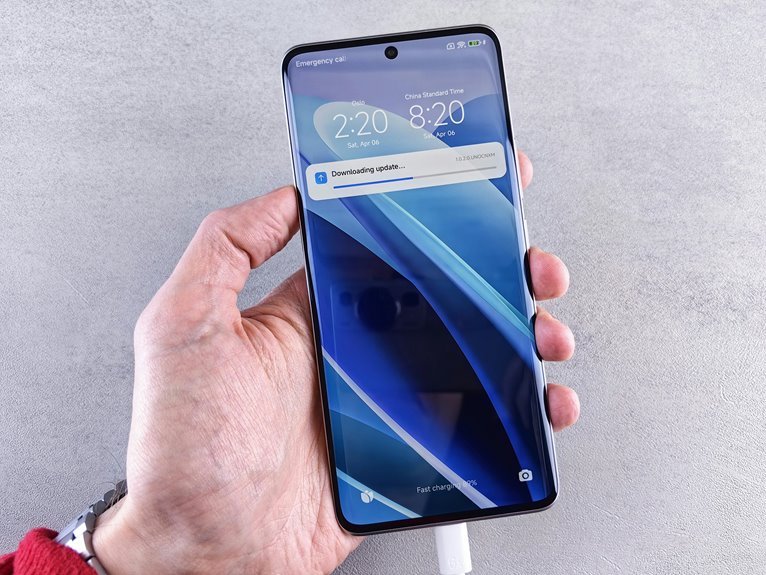The macro-level analysis of telecom usage reveals transformative trends influenced by consumer preferences and technological advancements. Younger demographics increasingly prioritize mobile services, driving a decline in traditional voice usage. Meanwhile, regional disparities present challenges, particularly in rural areas lacking reliable connectivity. Emerging technologies like 5G and IoT are set to redefine the telecom landscape, prompting questions about infrastructure and user experience. These shifts necessitate a closer examination of the industry’s future trajectory.
Current Trends in Telecom Consumption
As consumers increasingly rely on mobile devices for communication and internet access, the landscape of telecom consumption is evolving at an unprecedented pace.
The demand for mobile data is surging, driven by streaming services and social media. Conversely, traditional voice services are witnessing a decline, as users favor text and app-based communication.
This shift underscores a broader trend towards digital interaction and greater freedom in connectivity choices.
Demographic Insights on Service Adoption
How do different demographic groups adopt telecom services?
Analyzing service demographics reveals distinct user preferences influenced by age, income, and education levels.
Younger consumers tend to favor mobile-centric offerings, while older demographics often prioritize reliability and customer service.
Additionally, income disparities shape access to premium services, highlighting the intersection of socioeconomic factors and telecom adoption, ultimately driving varying usage patterns across the population.
Regional Disparities in Telecom Usage
While the adoption of telecom services is influenced by various demographic factors, significant regional disparities also play a crucial role in shaping user behavior and preferences.
Rural access remains limited, hindering connectivity, while urban saturation leads to heightened competition among providers. Consequently, differing infrastructure investments exacerbate these disparities, creating a landscape where accessibility and service quality vary dramatically between urban and rural areas.
The Impact of Emerging Technologies on Connectivity
Emerging technologies are reshaping connectivity by introducing innovative solutions that address existing limitations in telecom infrastructure.
5G advancements enhance bandwidth, while IoT integration fosters seamless device interaction.
AI applications optimize resource allocation, and cloud solutions facilitate data accessibility.
Blockchain security reinforces trust, edge computing reduces latency, and satellite internet expands reach, enabling virtual reality experiences and empowering users with unprecedented freedom and connectivity.
Conclusion
In a world where mobile data reigns supreme and traditional voice calls gather dust like forgotten artifacts, one can only wonder if the next generation will communicate solely through emoji-laden memes. Meanwhile, rural areas are left in the digital dark ages, while urbanites compete for the fastest 5G connection as if it were a race for the last slice of pizza. As emerging technologies advance, perhaps we’ll soon find a way to stream connectivity alongside our favorite binge-worthy shows—because who needs reliable conversations, anyway?





